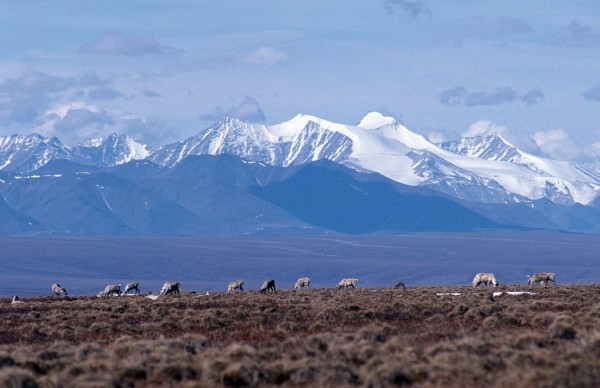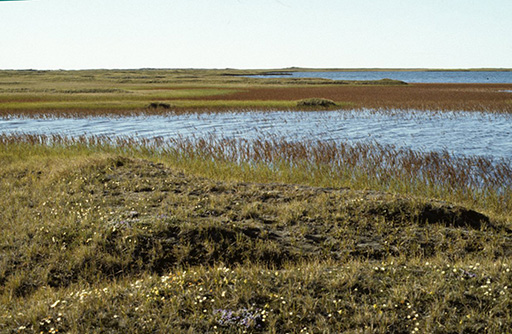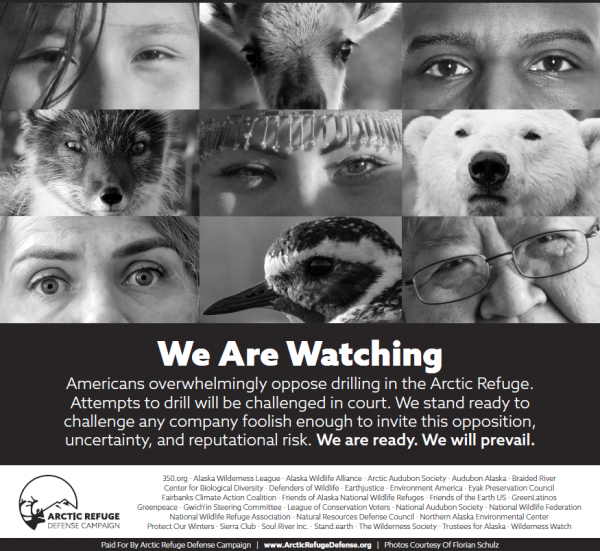
Top Trump administration officials have said that they plan to hold an oil and gas lease sale in the Arctic National Wildlife Refuge before the end of the year. But that goal now appears out of reach because of two procedural steps still necessary before a sale can take place.
Each of those steps comes with a 30-day waiting period, said Brook Brisson, an attorney for Trustees for Alaska, the Anchorage-based environmental law firm that works with organizations fighting to block drilling.
“If they follow the procedures that are set out in statute and regulations, it does look as though the lease sale would get pushed into early next year,” Brisson said.
The delay is a setback for the Trump administration’s push to open the refuge to oil and gas development. But it’s likely a sign that the administration is trying to ensure the completeness of its environmental reviews and planning in light of an inevitable legal challenge, said Andy Mack, a former Alaska commissioner of natural resources who’s pushed for the refuge’s opening.
“A couple of extra months is probably a prudent move so that you get it right,” Mack said. “You’re setting the record and making sure that you’ve done everything to mitigate impacts, while also having a successful lease sale.”
Elected officials debated the idea of oil development in the refuge’s coastal plain for decades before U.S. Congress voted to allow drilling in 2017, in a section of the Republican tax overhaul. The legislation requires the first lease sale to take place within four years of its enactment, but Trump administration officials had pushed to hold the first sale before the end of 2019.
In a prepared statement attributed to Derrick Henry, a spokesman for the Bureau of Land Management, the Trump administration said it’s working under the time frame of the 2017 tax legislation.
“The act requires a lease sale within 4 years of enactment, which is 2021,” Henry’s statement said.
A separate Interior Department official did not dispute that the lease sale would be pushed to next year.
Opponents say development will spoil one of the nation’s last pristine areas and harm species that live there like caribou, polar bears and migratory birds. Supporters note that the coastal plain represents some 8 percent of the refuge’s total area and that the tax bill limits surface development to three square miles.
In the tax legislation, Congress directed the Interior Department secretary to manage the refuge’s leasing program “in a manner similar to” lease sales held under a law governing federal petroleum reserves, including the National Petroleum Reserve in Alaska.
Before NPR-A lease sales can take place, federal regulations adopted under the 1976 law require the Interior Department to first issue a “call for nominations,” where companies or other interested entities can suggest specific areas to be leased, or identify those that deserve special concern or analysis.

That requirement doesn’t come with a specific timeline or waiting period. But the Interior Department has typically allowed 30 days for comments or nominations.
After the call for nominations, another regulation requires the Interior Department to publish a “notice of sale.” And that regulation explicitly requires the notice to be published at least 30 days before a sale.
The department released its final environmental review of its broader refuge leasing program in mid-September, but it still hasn’t issued its “record of decision,” the last step in approving the document.
In spite of the delay in the lease sale, drilling opponents have criticized the Trump administration and threatened legal action over what they describe as a rushed process toward developing the refuge.

“Attempts to drill will be challenged in court,” a coalition of opponents wrote in a recent half-page ad in the print edition of the Wall Street Journal. “We stand ready to challenge any company foolish enough to invite this opposition, uncertainty, and reputational risk.”
Brisson, the Anchorage attorney, said a relatively short delay in scheduling a lease sale should not obscure what opponents see as a larger issue.
“The lack of the agency’s detailed analysis, the shortcuts of public participation, the faults with the process overall and the incredibly impactful program that they’re proposing to adopt is the problem,” she said.




